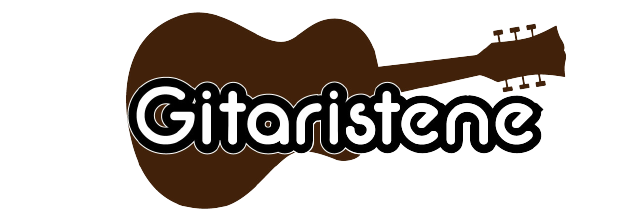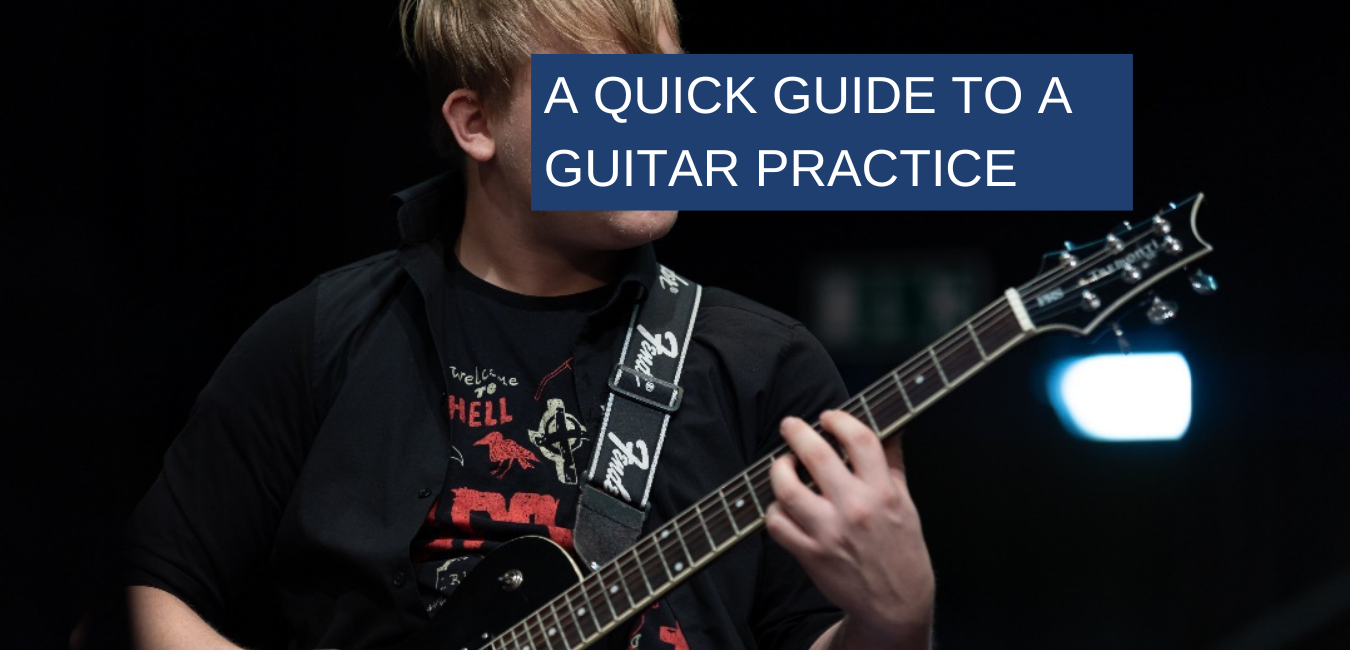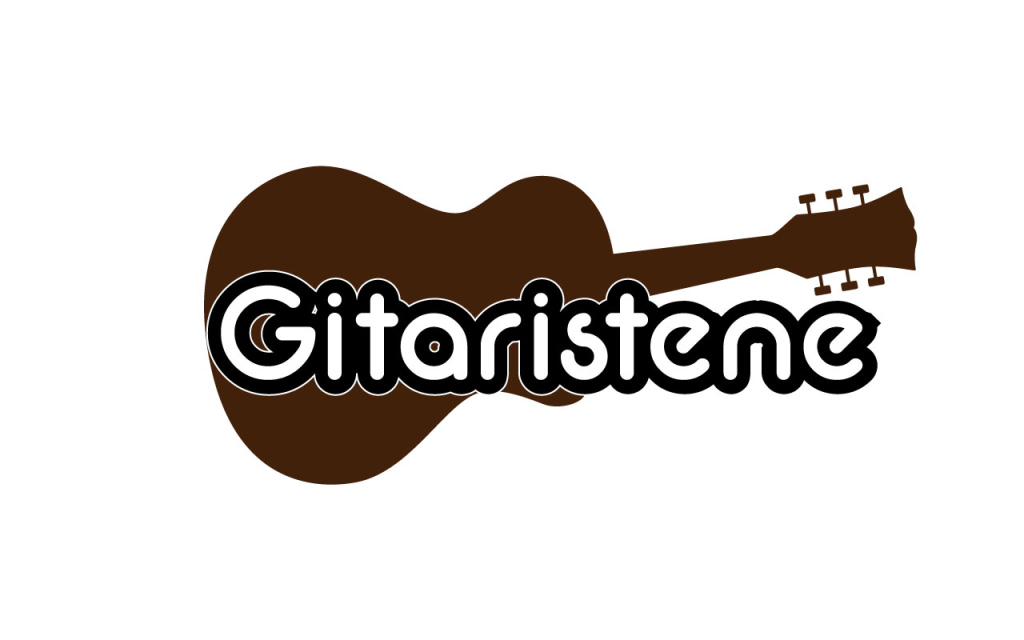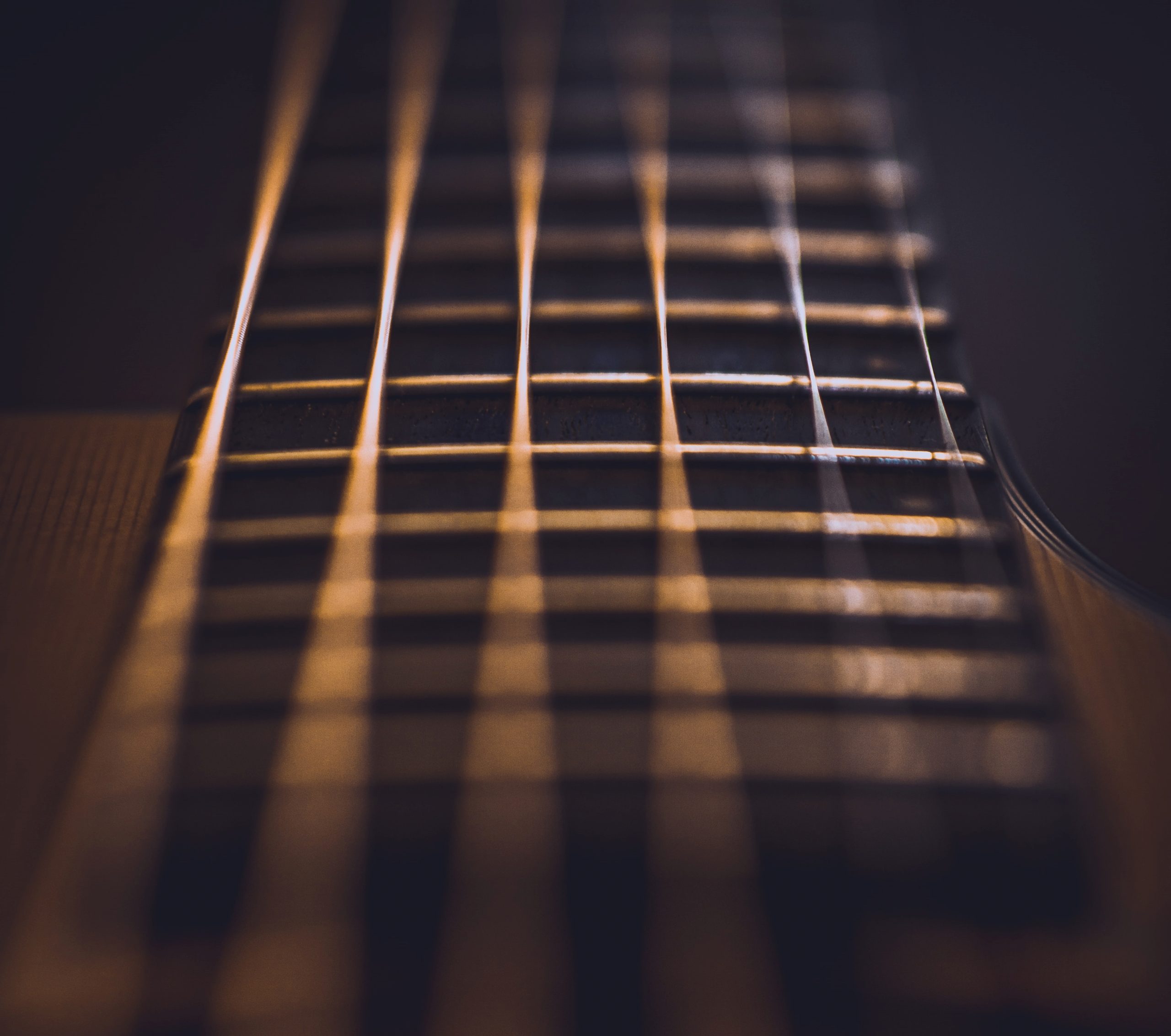If you are a busy person like most of us these days, then you probably don’t have many hours to
practice your guitar per day.
While you don’t need to practice 8 hours per day to make any feasible progress, there is still time that
you need to put into the skill. And given that the time is limited, we better make it count.
So here is a quick tutorial on how to make the most progress with a very tight schedule.

Plan your guitar practice
You should plan your practice. Especially if you have limited time. There are multiple aspects of your guitar playing you need to consider, that will help you get better, sound better and become more creative.
There are 4 main categories everyone (even hobbyists) should practice each week:
- Technique (building muscle memory, speed, work on correct technique)
- Phrasing (bending, sliding, trills, etc.)
- Creativity (improvisation, songwriting)
- Theory (which chords go together, which scales, pitch functions, etc.)
And you want to go through and improve each of them throughout the week. Ideally, you would schedule all 4 of them in one day. A good approximate of how much time to spend on each, would be 15 minutes, but that may vary according to your goals or level of playing.
And if you don’t have time to practice all 4 of them every day, you can schedule 2 per day throughout the week. For example:
- Day 1: Technique and phrasing
- Day 2: Creativity and Theory
- Day 3: Technique and Creativity
- Day 4: Phrasing and Creativity
- Day 5: Technique and Theory
- etc…
Notice I put technique and creativity more times on the menu than theory and phrasing. And that’s because in my experience, technique and creativity usually require more attention. These are also the aspects where we most experience our improvement. And that’s important if your time is limited.
Plan the details as well. Not just categories. Exactly what are you going to focus on, when you have scheduled Creativity on Tuesday?
Doing that will ensure you don’t waste time thinking about what to play when you have a guitar in your hands. It’s worth taking a few minutes first and planning out the rest of the week.
Warm up effectively
To get the most out of the practice session, you need to warm up.
You can massage and stretch your fingers before you come to your guitar. But after you have the guitar in your hands, you better make the time count.

A rule to live by is: move your fingers slow, but think fast.
A good way to warm up is to play exercises that require a lot of thinking, so you have to play them slowly. These are useful licks, scales, arpeggios, patterns that you want to get better at, but can’t play fast yet. This will be a very good use of your time, and since your fingers will be moving slowly, you will also warm up correctly.
Another good way to warm up is to practice applying theory concepts on your fretboard. These also require a lot of thinking and usually not a lot of lightning speed.
Make your exercises count
In choosing your exercises, you also have to think about how much you can get out of them. A good exercise is useful in real-live playing, and combines multiple different aspects of your guitar playing.
If you are practicing scales, you can sequence them (put notes in different order). This will challenge your technique, and even make the scale sound better and a lot more useful in a real-life setting. Let’s face it, no one wants to hear a scale straight up and down in a great guitar solo.
To make things harder, you can play one shape up, and down on another. You can jump more shapes, and be as creative as you want to be in your “boring” scale practice. This will also improve your fretboard knowledge.
The same goes for changing keys every once in a while. This will challenge your fretboard knowledge and challenge your muscle memory.
You can also choose exercises that integrate more techniques, like alternate picking and sweep picking. Or you can combine different scales like pentatonic with diatonic scales … you get the idea.
Don’t waste creativity time
When it’s time to be creative, don’t waste it on mindlessly jamming your guitar. I know it’s fun to do that, but we’re trying to improve our skills here, remember?
Practicing improvisation and improvising is not the same thing. You should always set goals and practice using different concepts in your improvising. Here are some ideas you can use:
- You can improvise in scale shapes that are not too familiar to you yet.
- You can improvise using different rhythms.
- Use music theory concepts while improvising.
- Work on your phrasing skills.
- Use the licks, scale sequences or arpeggios you are working on, and create variations.
You can also practice your composition skills. By doing different compositional assignments, or using the concepts you have learned, try to come up with a short piece of music.
Sometimes these short compositions may turn out to be a great musical idea and may develop into a full song. But sometimes you will write for the trash can. The good news is: you will improve your creative skills.
Conclusion
I hope this short piece of advice gives you hope for achieving your deepest guitar-oriented desires. Anyone can play guitar like they always wanted to. All they have to do is devote some of their time and focus to practicing and learn exactly what and how to practice in order to move forward. Just by reading this article, it shows that you are committed to improving, so keep up the good work!
About the author
Janez Janežič is a local guitar teacher from Novo mesto, Slovenia. If you would like to know more about his methods and learn from him locally, be sure to visit his website.






